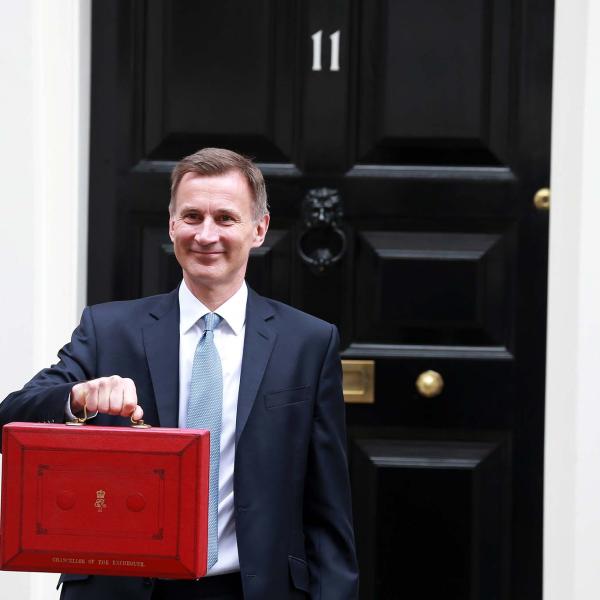The collection of tax revenue at customs has long been an important revenue source in Ghana. However, recent years have seen substantial falls in customs revenue collections, with the share of taxes collected at the country’s ports falling from 42% in 2017 to 30% in 2019. With increasing tax revenues high on the government’s agenda, understanding the underlying drivers of such trends is important for public policy. To that end, this report analyses Ghana’s customs revenues in historical and international context, before using detailed data to investigate the drivers of revenue in recent years.
Key findings
- The majority of customs revenue collections comes from taxes on imports, and nearly all of this comes from payments at the point of declaration. Thus, import consignments are key to understanding overall customs revenue performance.
- Over time, the assessed value of Ghana’s commodity imports has maintained a relatively stable share of gross domestic product (GDP) – between 18% and 26% – comparable with other countries in the region. However, in 2019 and 2020, this figure fell to 13% and 10%, respectively.
- China accounts for an increasingly large share of Ghana’s total imports, whereas imports from the UK have become much less important in recent decades. In 2019, more than a third of imports came from countries where Ghana has signed trade agreements, which may limit revenue policy options for customs. Vehicles and machinery have remained important commodities in Ghana’s imports.
- Revenue collected at customs remains an important part of overall tax revenue but has declined from around 55% of tax revenue collections in the early 2000s to 30% in 2019 and 2020. Over the period as a whole, this largely reflects faster growth in revenues from domestic direct and indirect taxes. While there are two periods of decline in customs revenue, from 2007 to 2010 and then from 2017 onwards, customs revenues (as a percentage of GDP) are only slightly lower now than in 2000 due to steady growth aside these two periods.
- With respect to the fall in annual customs revenue in 2018 and 2019, two specific periods of decline are observed. The first began in late 2017 and continued in early 2018, and was driven by a decline in the average effective tax rate (ETR) collected on imports. In contrast, the decline in 2019 accompanied substantial declines in the assessed value of imports, which was sustained into 2020.
- Import duty and import VAT fell the most in those two periods. Fuel tax revenues at customs held up well throughout 2018 and 2019, such that they surpassed value added tax (VAT), the National Health Insurance Levy (NHIL) and the Ghana Education Trust Fund Levy (GETFL) as the biggest sources of customs collections in late 2019.
- Since 2016, the main trade partners and commodities have remained stable, with some exceptions, and new trade agreements are likely to be important going forward. There have been some declines in imports from ‘high-tax’ Customs Procedure Codes (CPCs), such as direct home consumption (HC), and some decreases in ETRs in others.
- Overall, the composition of imports appears to be crucial in driving monthly variation in revenue collections for a given value of imports. Import composition can explain most of the fall in the average ETR in the first period of revenue decline in late 2017 and early 2018, due to changes in the classification of imports.
- The 2019 discount policy appears to be the key driver of revenue decline in 2019. The average assessed value and tax paid per consignment decreased substantially post-reform, conditional on other observable import characteristics. While it is difficult to estimate revenue losses from the policy without a good counterfactual, an upper bound effect of a GHS 3 billion reduction in customs collections in 2019 is estimated.












